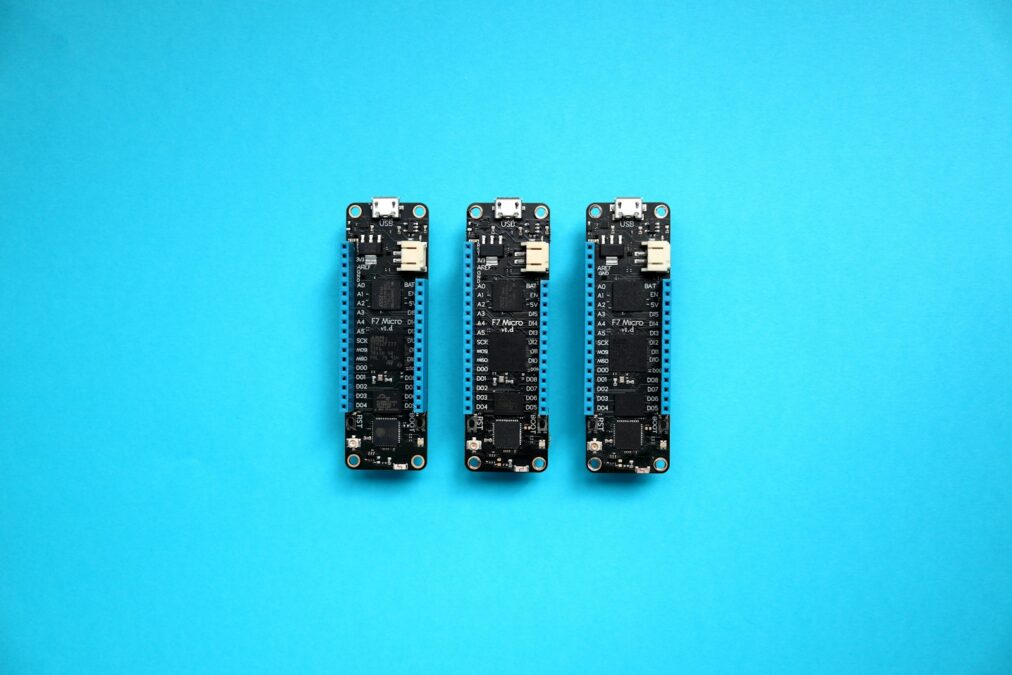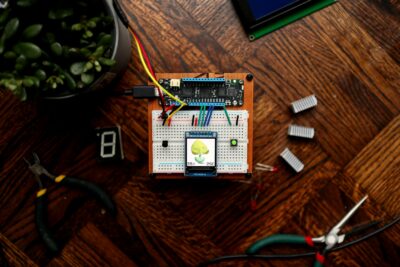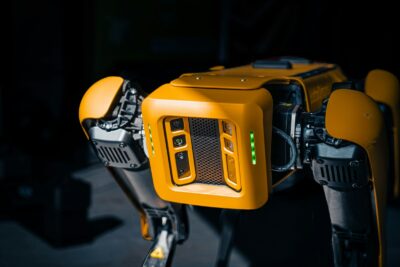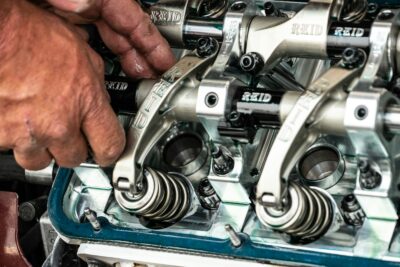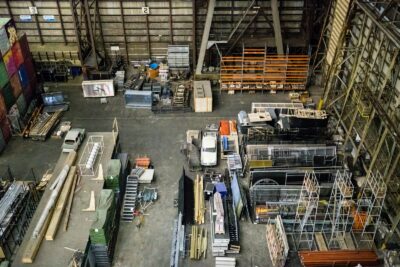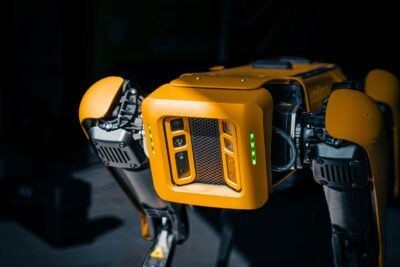Revolutionizing Airport Operations with IoT Sensors
IoT sensors are transforming the landscape of airport infrastructure management, ushering in an era of predictive maintenance and enhanced operational efficiency. By strategically integrating these sensors into various systems and equipment, airports can proactively identify potential issues, optimize maintenance schedules, and ultimately reduce downtime. This article delves into the impact of IoT sensors on predictive maintenance strategies in the aviation sector, highlighting their potential to revolutionize how airports operate.
Enhancing Asset Management through Real-Time Monitoring
One of the most significant advantages of IoT sensors lies in their ability to provide real-time monitoring of critical assets. By continuously collecting data on equipment performance, temperature, vibration, and other key parameters, airports can gain valuable insights into the health of their infrastructure. This data-driven approach enables maintenance teams to detect anomalies or deviations from normal operating conditions at an early stage, allowing for timely intervention before minor issues escalate into major malfunctions.
Predictive Maintenance: The Key to Downtime Reduction
Traditional maintenance approaches often rely on scheduled inspections or reactive repairs after a breakdown occurs. In contrast, IoT sensors facilitate predictive maintenance, a proactive strategy that leverages data analysis to forecast potential failures before they happen. By analyzing historical and real-time sensor data, machine learning algorithms can identify patterns and trends that indicate impending equipment malfunctions. This enables maintenance teams to schedule repairs or replacements during planned downtime periods, minimizing disruptions to airport operations and reducing costly unplanned outages.
Optimizing Equipment Lifespan and Operational Efficiency
IoT sensors not only prevent equipment failures but also play a crucial role in optimizing the lifespan of airport assets. By continuously monitoring performance and identifying early signs of degradation, maintenance teams can take proactive measures to mitigate wear and tear. This may involve adjusting operating parameters, implementing preventive maintenance tasks, or optimizing equipment utilization. Through such interventions, airports can extend the lifespan of their infrastructure, reduce maintenance costs, and improve overall operational efficiency. The integration of IoT sensors in airport infrastructure enables predictive maintenance and asset management, reducing downtime and optimizing the lifespan of critical equipment. The real-time data provided by these sensors empowers maintenance teams to make informed decisions, leading to a more resilient and efficient airport ecosystem.
Mitigating Risks and Ensuring Safety
The aviation industry places a paramount emphasis on safety, and IoT sensors contribute significantly to risk mitigation in airport environments. By monitoring critical systems and equipment in real time, these sensors can detect potential hazards, such as overheating, electrical faults, or structural anomalies. Timely alerts enable rapid response and preventive measures, ensuring the safety of passengers, staff, and aircraft. Furthermore, IoT sensors can be integrated with security systems, enhancing surveillance capabilities and detecting unauthorized access or suspicious activities. This comprehensive approach to risk management creates a safer and more secure airport environment.
A Glimpse into the Future of Airport Infrastructure Management
The integration of IoT sensors in airport infrastructure is still in its early stages, but its potential is vast. As technology continues to advance, we can expect even more sophisticated sensor networks that provide deeper insights into asset performance, energy consumption, and environmental conditions. These insights will enable airports to make data-driven decisions that optimize operations, reduce costs, and enhance passenger experiences. The future of airport infrastructure management lies in harnessing the power of IoT sensors to create smarter, more efficient, and more resilient airports.
Cost Savings and Return on Investment (ROI)
While the initial investment in IoT sensors may seem significant, the long-term cost savings and return on investment (ROI) are substantial. By preventing equipment failures and reducing downtime, airports can avoid costly repairs, replacements, and disruptions to operations. Moreover, predictive maintenance allows for optimized maintenance schedules, minimizing labor costs and resource allocation. The data generated by IoT sensors can also be leveraged to identify energy-saving opportunities, leading to reduced utility expenses. Overall, the implementation of IoT sensors in airport infrastructure proves to be a financially sound decision, with the potential to generate significant cost savings over time.
Enhancing Passenger Experience and Satisfaction
Although often operating behind the scenes, IoT sensors indirectly contribute to an improved passenger experience. By ensuring the smooth functioning of airport facilities, minimizing delays, and maintaining a comfortable environment, these sensors create a seamless and enjoyable journey for travelers. For instance, IoT sensors can monitor and regulate temperature, humidity, and air quality in terminals, ensuring passenger comfort. They can also optimize baggage handling systems, reducing the risk of lost or delayed luggage. By addressing these pain points and enhancing overall operational efficiency, IoT sensors play a crucial role in elevating passenger satisfaction and loyalty.
Sustainable Airport Operations
The aviation industry is increasingly focused on sustainability, and IoT sensors offer a pathway to greener airport operations. By monitoring energy consumption patterns and identifying inefficiencies, these sensors can help airports reduce their carbon footprint. For example, sensors can optimize lighting and HVAC systems based on occupancy and real-time demand, minimizing energy waste. Additionally, IoT sensors can monitor water usage and detect leaks, contributing to water conservation efforts. By embracing IoT technology, airports can align their operations with sustainability goals, reducing their environmental impact and contributing to a more sustainable future for the aviation sector.
#IoTSensors #PredictiveMaintenance #AirportInfrastructure #AssetManagement #DowntimeReduction #EquipmentLifespan #OperationalEfficiency #CostSavings #PassengerExperience #Sustainability

